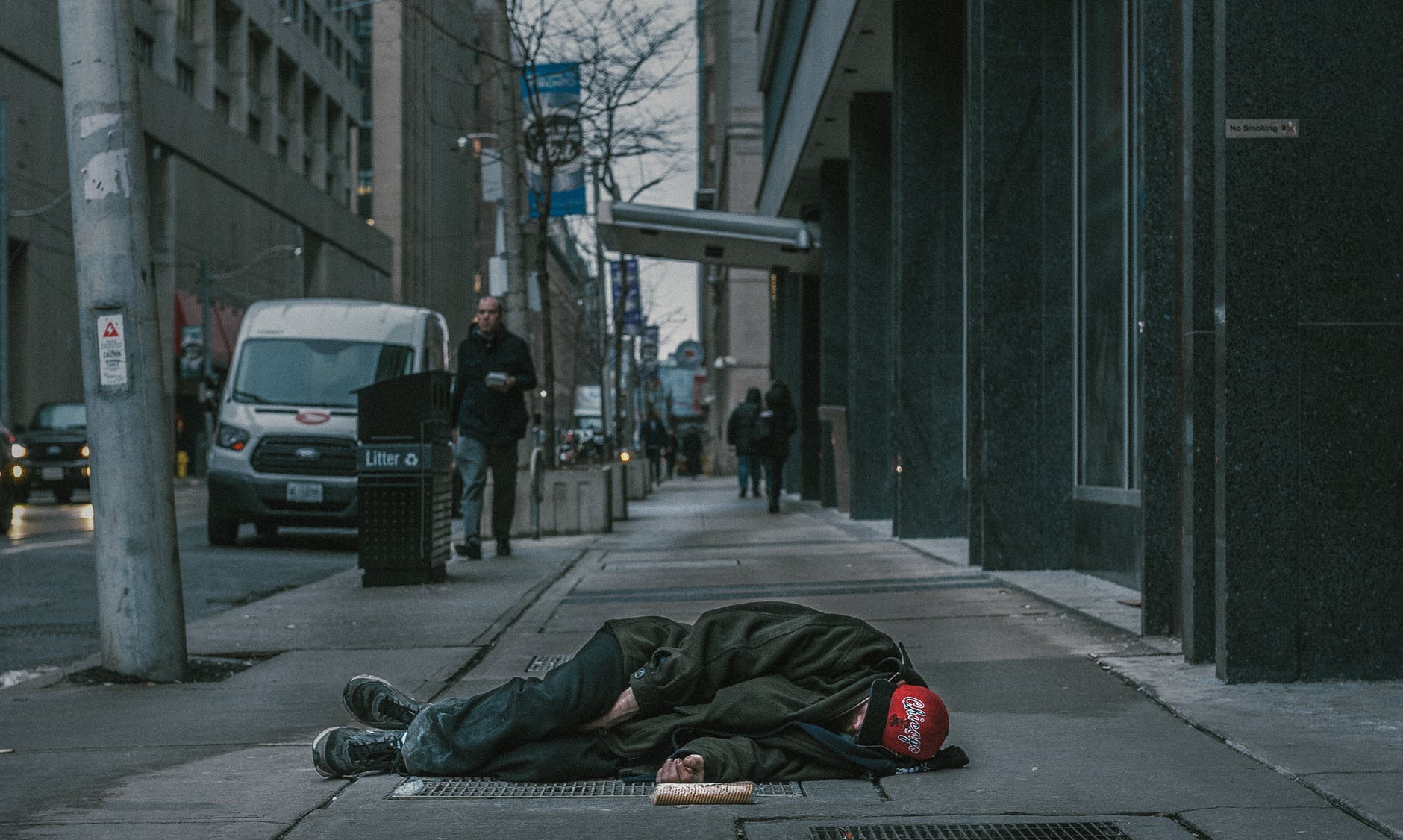Unanimous council votes to open Boulder winter sheltering every night through March

Friday, Jan. 24, 2020
City council on Tuesday voted to keep winter sheltering for unhoused residents open every night through the end of March, rather than the current weather-triggered system. The unanimous decision was a significant reversal from last year, when the majority of council members voted down the proposal made by Aaron Brockett and then-mayor Suzanne Jones.
It was Brockett who again suggested nightly severe-weather sheltering in light of the seemingly record number of homeless deaths across Boulder County in 2019. After the vote, he expressed gratitude to his peers for their support.
“I wanted to thank council members for working with me on this proposal, and the collaboration,” Brockett said. He also offered “a huge thank-you to Bridge House and our other partners,” along with staff.
Boulder nonprofit Bridge House currently operates severe-weather sheltering at 2691 30th St. Under the new policy, it will be able to keep the shelter open every night through March 31, after which it will revert to current temperature thresholds (38 degrees or below with precipitation, or 32 degrees and below without) for the months of April and May.
It will take an additional $40,000 to keep the shelter open every night, staff estimated. Operating costs for severe-weather sheltering were $170,000 in 2019, according to notes shared with council ahead of the Jan. 7 homeless strategy update.
Staff intends to gather data for the remainder of this season on if or how every-night sheltering affects the number of unhoused residents in the city. Council will review the numbers later this year to assess if, as some fear, providing more shelter will detract from the countywide housing-first approach.
“We have to be careful it doesn’t detract from housing first,” said Mayor Sam Weaver.
He referenced data that indicates that 48% of those accessing severe-weather shelter have been in Boulder County for less than one month.
“That’s OK,” he said. “We want to take care of people” and the city has a responsibility to prevent frostbite, hypothermia and other ills by providing shelter.
Bridge House CEO Isabel McDevitt testified that 30% of those accessing winter sheltering are long-term local unhoused residents who are loath to access services. Sometimes, the only interaction providers have with them is at the severe-weather shelter, she said.
“Shelter is not a solution unto itself,” McDevitt said. But “we have a tremendous opportunity there” to reach people and find “creative” ways to get them into housing.
“We cannot sustain every person experiencing homelessness in a sheltering model. And we can’t house everyone in a tidy unit. We’ll only get outcomes if we continue to innovate,” she said.
All-winter sheltering will become standard if council determines it to be beneficial after a review and second vote. Staff is currently hunting for a new location for a severe-weather shelter; the 30th Street location is temporarily available as its owners prepare it for redevelopment into affordable housing.
Kurt Firnhaber, the city’s director of housing and human services, has argued that expanding shelter capacity has drawn more unhoused people to the area, overwhelming shelters and leaving people more at risk to be unsheltered during life-threatening weather.
Similarly, he and city staff have downplayed a list of 48 deceased homeless people that was compiled by Bridge House. Nearly half of the individuals were housed at the time of their deaths, although many had experienced chronic homelessness.
In making policy, the city relies on data released by the coroner mid-year. It shared early numbers from the coroner with council at the Jan. 7 meeting.
Firnhaber contacted Boulder Beat on Friday to provide more details on the deaths. Of the 23 people who died while unhoused in Boulder County, 14 died in the city of Boulder itself, he said.
In 2018, there were eight homeless deaths in the city of Boulder, so that is an increase, Firnhaber noted. But the high point was in 2014, when 19 unhoused Boulder residents died.
That was “the height of BoHo,” Firnhaber said, referencing Boulder Outreach for Homeless Overflow. BoHo used to operate winter sheltering and took the approach of expanding capacity to meet demand.
“That 14, I don’t see that as a trend, the same kind of concerning trend that it originally came out to be when it was 48 deaths,” Firnhaber said.
But, he noted, “it’s hard to create a trend when it’s such small numbers.”
View a Twitter thread from Tuesday night’s discussion here.
— Shay Castle, boulderbeatnews@gmail.com
Want more stories like this, delivered straight to your inbox? Click here
to sign up for a weekly newsletter from Boulder Beat.
Homelessness Aaron Brockett affordable housing BOHO Boulder Boulder Beat Boulder County Boulder Outreach for Homeless Overflow Bridge House city council city of Boulder homeless shelter homelessness housing human services Kurt Firnhaber nonprofit severe weather shelter Suzanne Jones winter shelter


This is a great small step forward. We can do better. Build tiny homes shelter to house and retrain the homeless, or the “unhoused” as the article calls them. Yes, Boulder can afford to build the tiny homes like many other communities across America are doing.